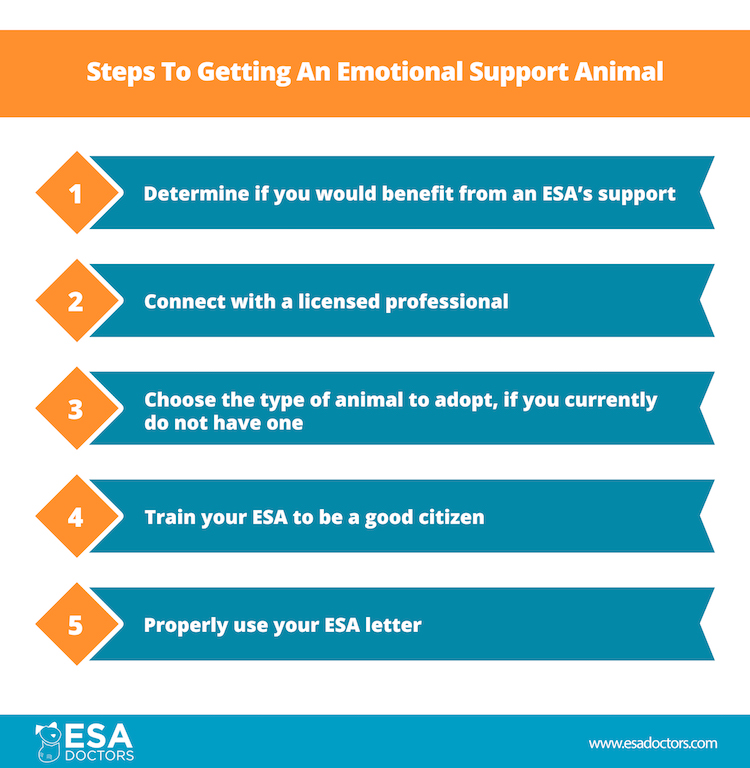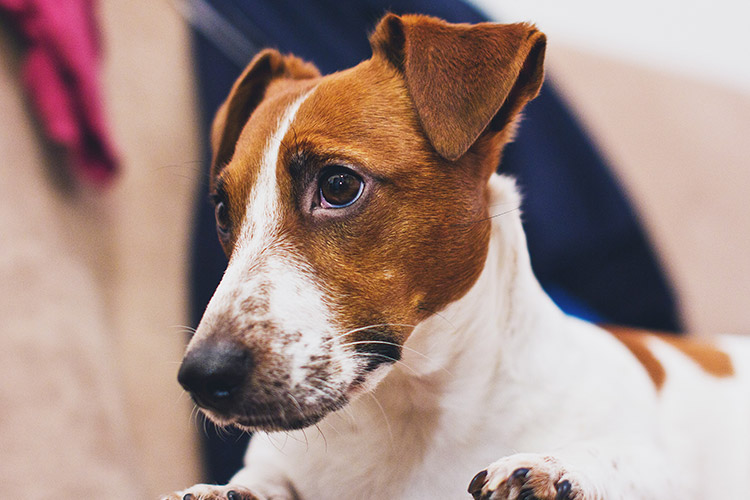Emotional support animals (ESA) are helping some of the 26% of Americans who struggle with a mental health disorder. Each year, millions of people are diagnosed with a mental disorder, and ESAs help them manage and overcome their challenges. OCD, a form of anxiety, can be treated with an emotional support animal’s help.
What is Obsessive-Compulsive Disorder (OCD)?
The term OCD stands for obsessive-compulsive disorder, a common condition that affects 2.2 million adults in the United States. 25% of people diagnosed with OCD first see symptoms at the age of 14. OCD is a type of anxiety disorder and can cause intrusive and distressing thoughts. OCD can even cause obsessive behaviors like excessive cleaning, counting, or arranging items.
People who have OCD may display the following actions:
- Performing repetitive and ritualistic behaviors which they have difficulty controlling.
- Repeating insignificant tasks over and over.
- Excessive worry or guilt over their compulsions.
- Avoidance of activities, objects, locations, or situations because of their obsessions.
- Experiencing repeated intrusive or unwanted thoughts, like harming themselves or others.
- Extreme anxiety when faced with uncertainty or a change in routine.
A few examples of OCD behaviors include:
- Extreme cleanliness due to the fear of germs or dirt.
- Having to wash hands immediately after shaking hands, touching doorknobs, buttons, or light switches.
- Repeatedly checking if the stove or oven was turned off.
Many people with OCD are aware that their thoughts and behaviors are not rational or grounded. But they are unable to control their thoughts or actions. Attempting to stop their behaviors may cause even more distress or anxiety. Sometimes, the thoughts that accompany OCD can be so distressing that people become suicidal. Because OCD can cause such emotional pain, having an ESA can help reduce the suffering and help people recover.

What is an Emotional Support Animal?
An ESA offers companionship and warmth to people who have an emotional or mental disorder. ESAs ease depression and anxiety and provide a source of constant companionship for people. An ESA is much more than a pet. They are a documented part of a person’s treatment. The animal’s presence is a valid portion of a licensed healthcare professional’s treatment plan for mental health recovery. The Fair Housing Act provides ESA owners the right to keep their ESA in “no pets” housing.
How Does an Animal Become a Legitimate ESA for OCD?
Though you may have a pet and have OCD, your pet isn’t an ESA — a pet’s love and affection alone do not qualify a pet to be an ESA. An animal becomes an ESA through a valid ESA letter from a licensed healthcare professional.
If you’re undergoing treatment for OCD, you may want to ask your treatment provider if an ESA would be a benefit to your recovery. If a healthcare professional decides that an animal would help treat your OCD, they may include the animal in your treatment plan. The healthcare professional then writes an ESA letter with their license number and signature on the document. The letter proves that your animal is not just a pet but a vital part of your mental health treatment.

Can an ESA Help Treat OCD?
Emotional support animals have a long history of helping people with anxiety disorder, OCD included. What often causes anguish for people with OCD is the overwhelming anxiety they may feel if they don’t act out their compulsive behaviors or stop intrusive thoughts.
Animals induce a scientifically documented physical and emotional effect on humans. They reduce the stress response, decrease heart rate, stabilize breathing, and lower cortisol production (the stress hormone). In short, animals can help relax humans and keep their anxiety down. By having an animal to pet, care for, and distract, people with OCD may be less likely to experience anxiety or practice their obsessive behaviors. Animals have a way of asking for a human’s affections, redirecting their attention from harmful sources.
An ESA is also a stabilizing anchor for the restless mind of someone with OCD. By providing constant companionship and requiring care, a person with OCD can feel bonded and needed by their animal. If anxiety or OCD symptoms strike, an animal is there, ready to provide support and care.
Most importantly, an emotional support animal serves as a “protective factor” for people with OCD. Protective factors help buffer individuals from the effects of a mental health disorder, keeping them from feeling depressed or suicidal. With 36% of people who have OCD experiencing suicidal thoughts at some point in their life, the connectedness that an animal offers can, quite literally, save a life.
If you’re ready to fight your OCD, see if you qualify for an ESA Letter by connecting with a therapist online.








My ESA saved my sanity after my wife died. My ESA dog is a very loving, “velcro” dog, a Blue Heeler. Strongly, she came withe the name SADIE. My late wife was named SALLY. Both names are short forms of SARAH. There is a God I guess. I will never try to make it through life without a dog. They love and return it all the time.
Jim